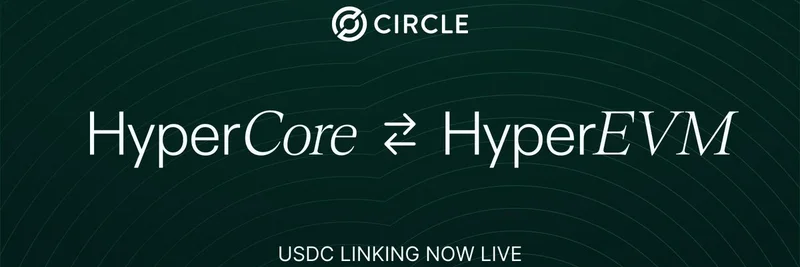In the fast-paced world of crypto, where tokenomics can make or break a project, STBL is making waves with its smart approach to managing supply and rewarding holders. Founded by industry vets like Reeve Collins (co-founder of Tether) and Avtar Sehra, the STBL protocol is a decentralized stablecoin system that cleverly splits real-world asset collateral into a spendable stablecoin called USST and a yield-bearing token. At the heart of it all is $STBL, the governance token that lets holders have a say in the project's direction.
Recently, a tweet from Avtar Sehra (@avtarsehra) clarified some exciting details about STBL's buyback and burn strategy, sparking buzz in the community. Let's break it down in simple terms and see why this could be a game-changer for $STBL holders.
The Tweet That Sparked the Conversation
It all started with a post from @ChuuwyCapital, suggesting STBL ramp up its buybacks from $1 million a month to $100 million or even go uncapped. Avtar jumped in with a clear response (original thread):
"For clarity: 100% of @stbl_official protocol fees go to buybacks & burns. The planned $1M/month for the next few months will come from treasury and is in addition to fee-funded B&Bs, which will ramp as activity scales.
The combined effect of B&Bs and Multi-Factor Staking will create a virtuous cycle - minimizing circulating supply and driving a net-deflationary model. This strengthens $STBL scarcity, value, and security over time."
In plain English, this means all fees generated by the STBL protocol are funneled straight into buying back $STBL tokens from the market and then burning them—permanently removing them from circulation. On top of that, the team is dipping into their treasury to add an extra $1 million per month in buybacks for the near term. As the platform grows and more people use it, those fee-based buybacks will naturally increase.
Breaking Down Buybacks and Burns
If you're new to crypto, buybacks and burns are like a company's stock repurchase program but on steroids. When a project buys back its tokens, it uses funds (in this case, protocol fees and treasury) to purchase $STBL from exchanges. Then, burning those tokens means sending them to a dead wallet where they can't be used again. The result? Fewer tokens in circulation, which can increase scarcity and, potentially, drive up the price if demand stays steady or grows.
STBL takes it a step further by tying this directly to its protocol fees—think transaction costs or other earnings from the stablecoin ecosystem. It's a self-sustaining loop: more usage means more fees, which means more buybacks and burns.
The Role of Multi-Factor Staking
Avtar also highlighted "Multi-Factor Staking," which sounds technical but is actually a clever way to encourage long-term holding. Staking in crypto is like putting your tokens in a savings account to earn rewards, but multi-factor means rewards could depend on things like how long you stake, your governance participation, or even the overall network health. This isn't just about earning yields; it's designed to lock up supply, reducing what's available on the market and adding to that deflationary pressure.
Combined with the buybacks, this creates what Avtar calls a "virtuous cycle." Less circulating supply plus growing demand from staking incentives could lead to stronger token value over time. It's all about building security too—fewer tokens floating around make the network harder to manipulate.
Community Reactions and What It Means for Meme Token Enthusiasts
The thread lit up with replies from the community, showing real excitement. Users like @EzMoneyGems shared how they've been buying $STBL daily, while others like @The__Solstice hinted at "crazy shit" on the horizon. Even comparisons to Tether 2.0 popped up, positioning STBL as a next-gen stablecoin contender with meme-like viral potential.
For those in the meme token world, STBL stands out because it blends serious utility (stablecoin backing with RWAs like gold and silver) with deflationary mechanics that can fuel hype and price pumps. Unlike pure memes that rely on vibes alone, STBL has real protocol revenue backing its burns, making it a hybrid that's appealing for both degen traders and long-term investors.
Why This Matters in Today's Crypto Landscape
With crypto markets heating up, projects like STBL that focus on sustainable tokenomics are gaining traction. Deflationary models help combat inflation from new token mints, and by tying buybacks to actual usage, STBL avoids the pitfalls of arbitrary burns. If activity scales as planned—think more users adopting USST for spending or YLD for earning—this could turn $STBL into a scarce asset with built-in value accrual.
Of course, crypto is volatile, and nothing's guaranteed. But updates like this show the team is transparent and committed to holder value. If you're eyeing meme tokens with real fundamentals, keep an eye on STBL— it might just be the stable yet exciting play you've been waiting for.
For more on STBL, check out their official X account @stbl_official or dive into the protocol details on their site.

